The process of cultivating academic scholars through doctoral programs represents a high-stakes investment for institutions, demanding tremendous resource inputs, particularly faculty time. Yet, the determination of who will ultimately succeed in this rigorous journey often remains “somewhat elusive”. Drawing on his extensive experience with doctoral candidates, Varun Grover is an acclaimed American information systems researcher and educator. Currently a Distinguished Professor at the University of Arkansas’s Sam M. Walton College of Business, holding the George and Boyce Billingsley Endowed Chair in the Department of Information Systems, proposes a “rough model for success in doctoral study” designed to formalize the attributes critical for transforming potential into productivity. This model emphasizes that conventional input metrics are insufficient and calls for greater vigilance in assessing the synergy between competence, motivation, and program management.
The Limitations of Blunt Instruments in Academic Assessment
Dr. Grover, who is highly ranked among top researchers based on publications in major Information Systems (IS) journals over the past decade and serves as an associate editor for journals including MISQ and JMIS, notes that the evaluation of doctoral candidates occurs at multiple stages: input (application review), process (coursework, examinations, research interaction), and output (placement).
A fundamental challenge exists at the input stage: standard measurement instruments are often “blunt” when assessing candidates. While metrics such as GMAT scores, GPA, achievement records, and communication skills offer a general feel for competence, and may allow for broad assessments of personality traits like outgoingness or conscientiousness, they cannot predict with “tremendous confidence” the student’s success in the program or subsequent academic career.
Grover provides a salient anecdote illustrating this measurement failure: a candidate, strong in interviews but low in GMAT scores, was nearly denied admission (financial aid) to a premier program due to bureaucratic adherence to metrics. An outlying committee member, relying on a “good feeling” from the interview, championed the student. Despite being admitted grudgingly and without aid, this candidate excelled, demonstrating diligence and high-quality interaction, and went on to become one of the program’s best, publishing seminal papers and achieving a highly productive academic career. This incident underscores that valuable intellectual contributions can be lost if intervention fails or if assessment relies solely on established standards and metrics.
The Core Requirements: Competence, Motivation, and Management
Doctoral study is inherently distinct from other educational levels. It requires a unique type of person who possesses both the competence to apply tools, absorb knowledge, and communicate effectively, and the motivation to pursue the unstructured process of knowledge creation, often fraught with dead ends and frustrations.
Grover’s rough model centers on the synergistic relationship between motivation and competence, arguing that when these are “complemented with good management, students could be well on their way to a successful program and career”. The model specifically focuses on the success of research and dissertation aspects, which are core attributes of all doctoral programs.
1. Competence and Personality (The Foundational Input)
At the initial stage, candidates need competence, defined as knowledge and communication skills, which are broadly assessed during the application process. These initial characteristics interact with motivation. However, the model also necessitates certain desirable personality traits that are much harder to assess a-priori, such as “reflective observation” and “conscientiousness”.
2. Motivation (The Essential Driver)
Motivation is crucial for sustaining effort throughout the arduous doctoral journey. Ideally, faculty desire intrinsic motivation—students involved in research for the innate excitement of creating and exchanging ideas, or the potential “eureka moment”. Yet, some students may be primarily driven by extrinsic motivations, such as the hope of financial rewards or achieving the “stamp of credibility”.
Institutional support plays a key role in developing motivation. Faculty and resources can help inculcate intrinsic motivation by fostering excitement about research, and extrinsic motivation through financial support, quality infrastructure, and the prestige of the institution itself.
3. Effort and Program Management (The Critical Moderator)
While a minimum threshold of motivation and competency is required, a critical additional ingredient is the ability to manage one’s program. Highly motivated students transform this attribute into focused effort directed toward managing their work and the program successfully.
Dr. Grover emphasizes the importance of management skills, noting that students often do a poor job managing vital resources, including their time, projects, competency development, peers, faculty, and even their advisor. In the model, the level of effort and quality of program management serves as a moderator, significantly strengthening the relationship between initial competence/personality and the resulting research ability. Competent students with the right personality will translate those attributes into research ability, but effort and management are the factors that decisively enhance this translation.
Research Ability, Outcomes, and Institutional Influence
Research ability itself is greatly influenced by institutional resources, particularly the faculty, who transfer research skills through supervision and apprenticeship-like processes, especially when the student possesses the desirable innate characteristics.
This developed research ability translates into two forms of success:
1. Process Success: The successful completion of all program requirements.
2. Outcome Success: Achieving publications and securing placement.
Both process and outcome success metrics are directly influenced by the student’s quality of program management and effort. Furthermore, institutional resources, such as faculty assistance in placement, influence outcome metrics. Specific program management skills, such as networking and time management, can also directly influence placement outcomes. Naturally, external attributes like market conditions or luck also play a role in the ability to publish or secure a position in a higher-level institution.
The High Cost of Errors and the Need for Structured Assessment
A key insight derived from the model is that the factors often left unassessed at the input stage—specifically desirable personality aspects, motivation, and program management ability—are precisely the factors that “manifest themselves during the program and are often the case of low success or even failure”.
Since doctoral programs involve high resource inputs, requiring “tremendous investments of faculty time” for a small number of students, admission errors (both Type I and Type II) are considered far more expensive than those made in programs like MBA study. A poor choice can become a liability, consuming faculty time and opportunities. Conversely, a good doctoral student can be a tremendous asset, creating a positive multiplier effect when they become a top-notch researcher.
To offset the issue of relying on a costly trial period, such as a qualifier, to filter students who “don’t make the grade,” institutions should strive to develop more structured forms of a-priori assessments. Grover advocates for greater vigilance in admissions and suggests incorporating questions designed to evaluate traits critical for doctoral study, such as:
• The student’s enjoyment of reading, discussion, debate, thinking about areas in the field, and writing.
• The student’s organizational and time management skills.
• The ability to handle unstructured situations or specific scenarios (e.g., situation analysis).
While such situation analysis questions are common in corporate interviews, Grover suspects they are often not an integral part of many academic admission processes.
The rough model provides a preliminary structure for examining doctoral success and can serve to stimulate debate or be built upon with greater granularity to create diagnostic and prescriptive tools for doctoral study. It serves as a necessary starting point for enhancing assessment and minimizing the frustration and dissipation of faculty energy associated with unsuccessful candidate
Find link to the original work here:
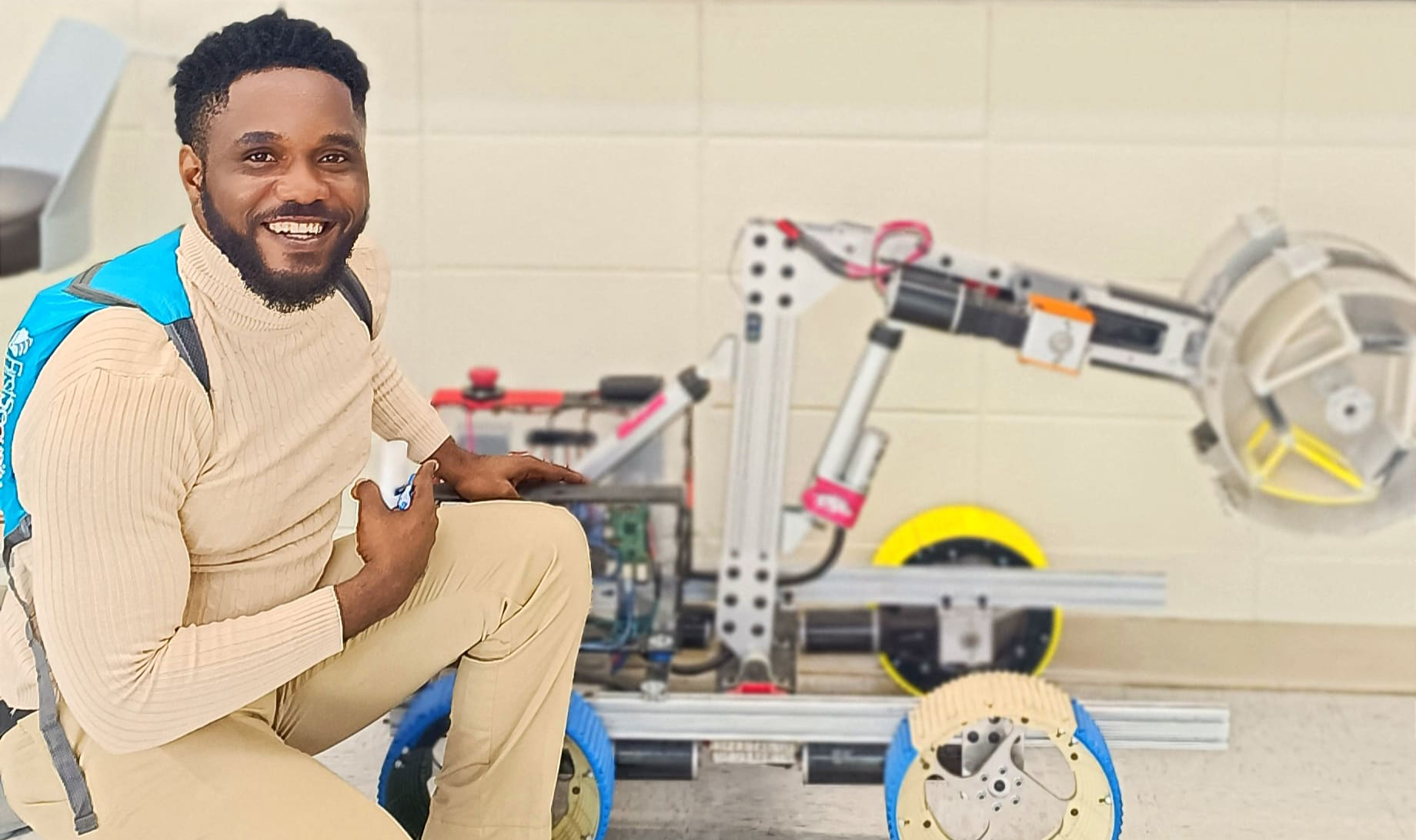

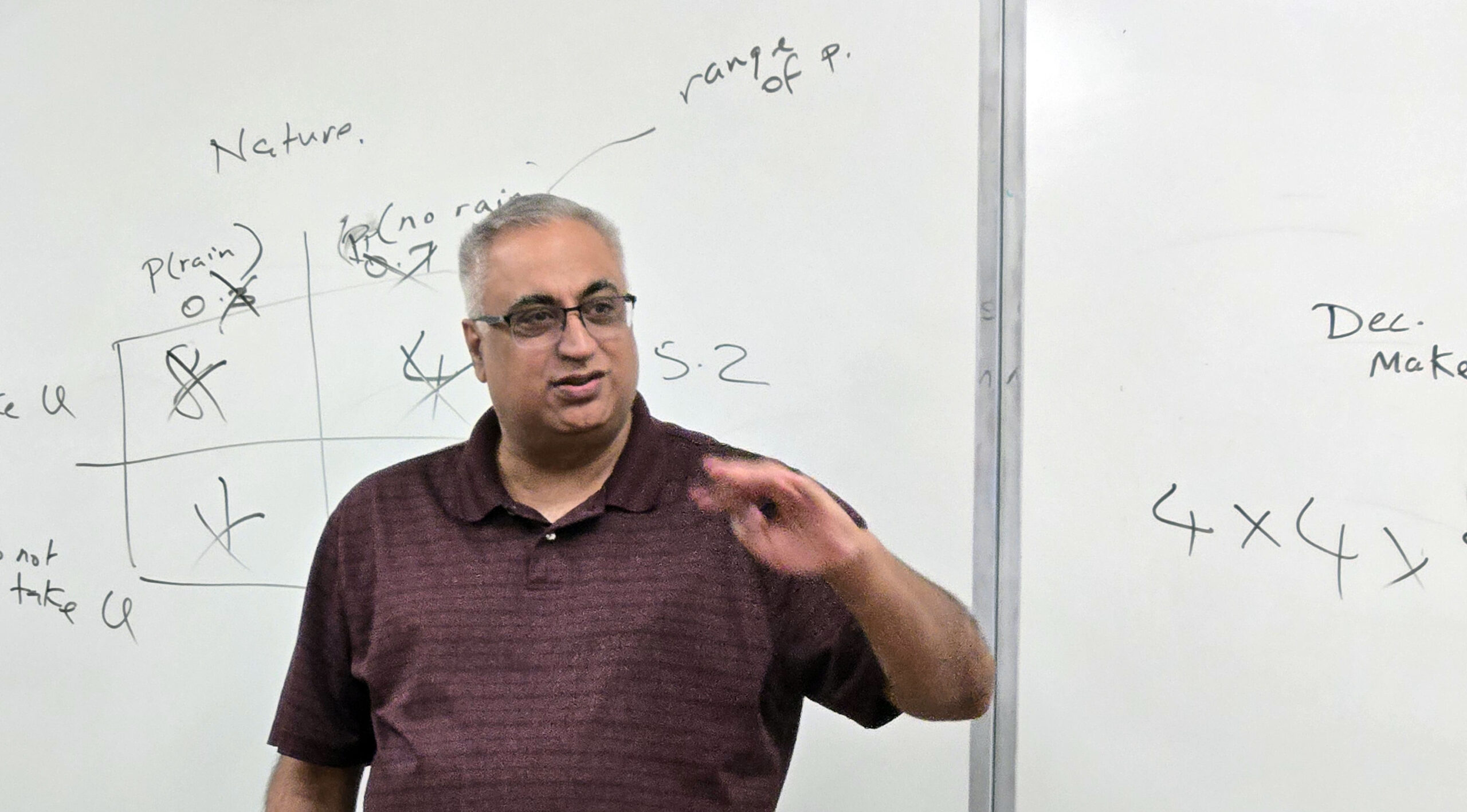

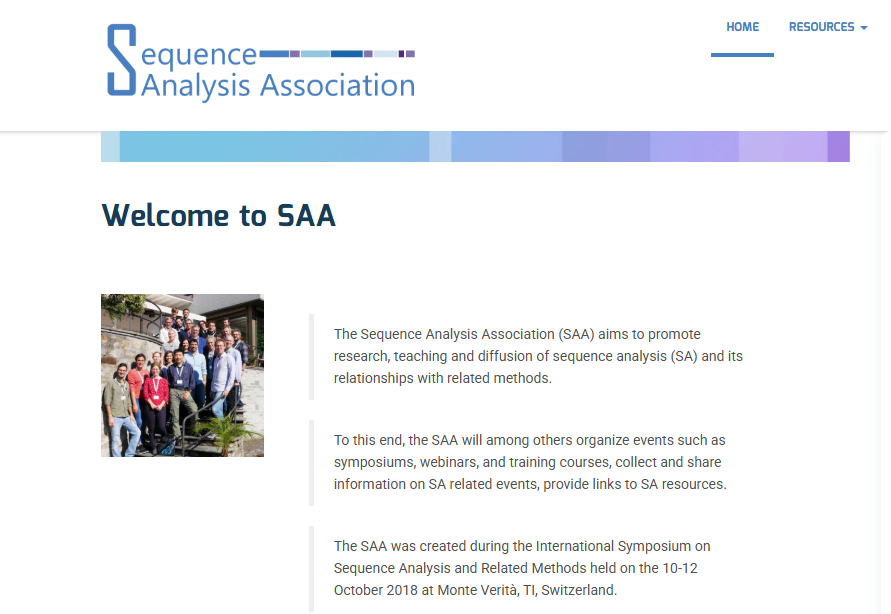

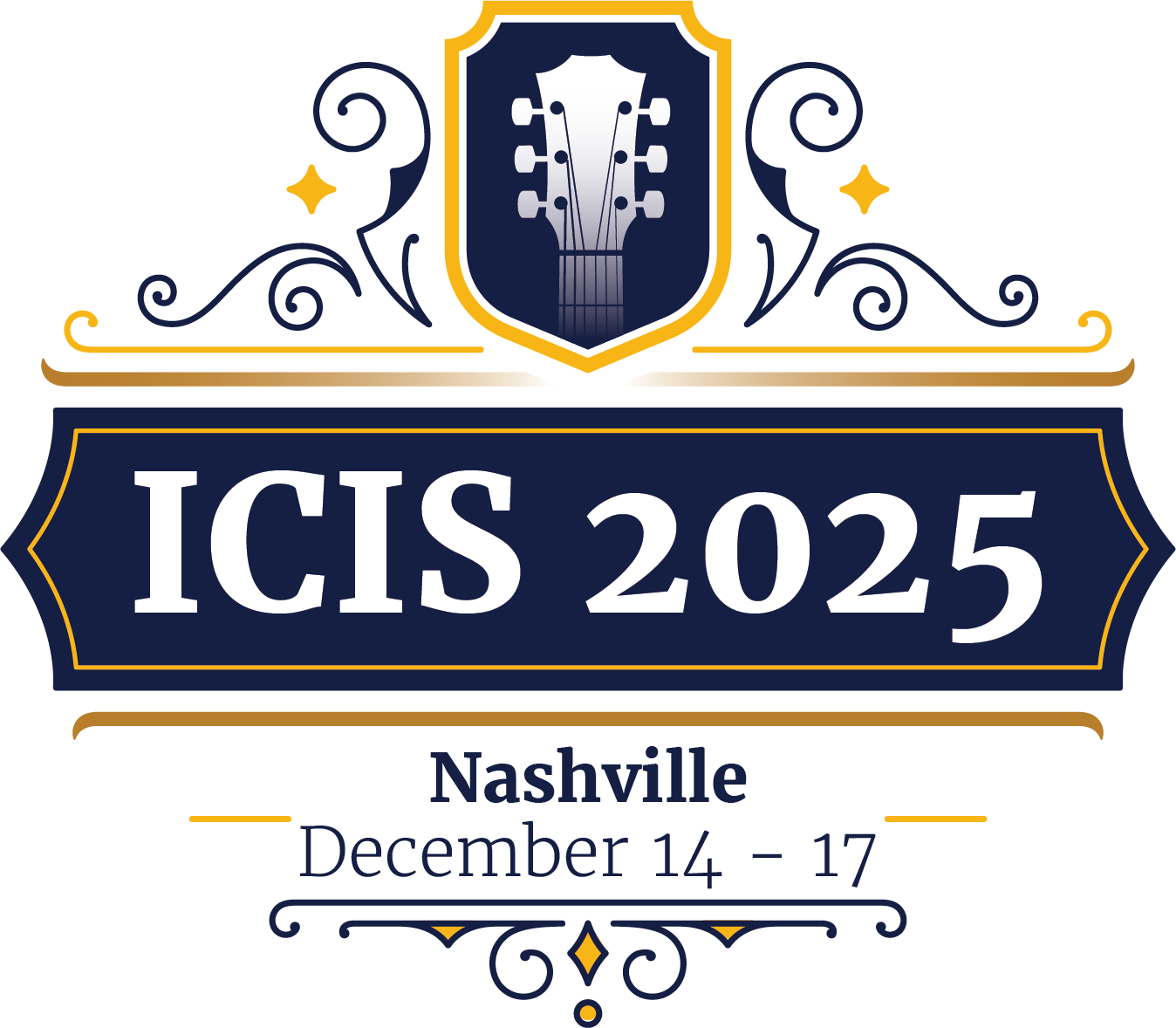
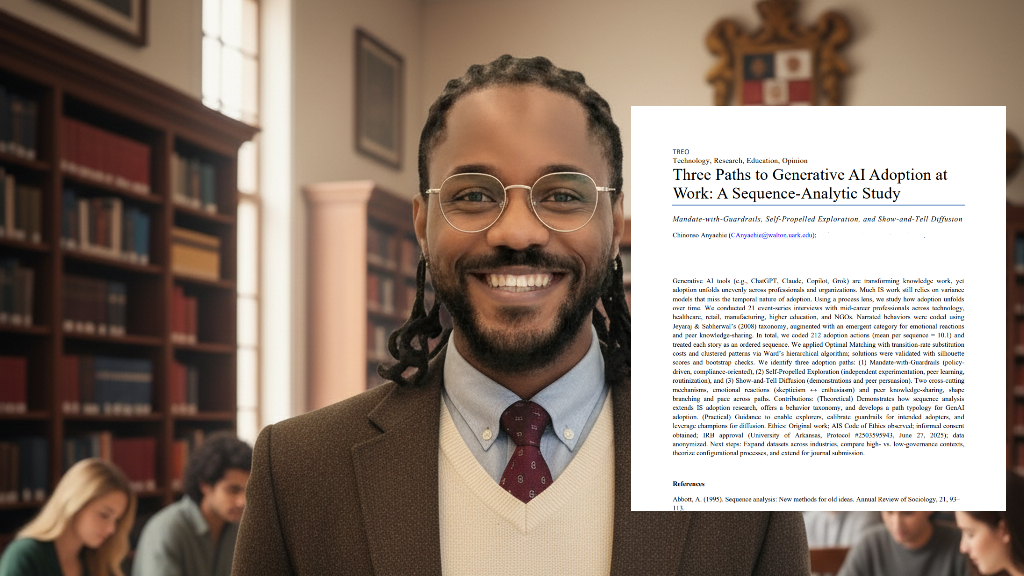

Leave a Reply